Fighting Nature
Smartfox Books Code: PR50055
$79.70 NZD
Description:
Throughout the 19th century, animals were integrated into staged scenarios of confrontation, ranging from lion acts in small cages to large-scale re-enactments of war. Initially presenting a handful of exotic animals, travelling menageries grew to contain multiple species in their thousands. These 19th-century menageries entrenched beliefs about the human right to exploit nature through war-like practices against other animal species. Animal shows became a stimulus for antisocial behaviour as locals taunted animals, caused fights, and even turned into violent mobs. Human societal problems were difficult to separate from issues of cruelty to animals.
Apart from reflecting human capacity for fighting and aggression, and the belief in human dominance over nature, these animal performances also echoed cultural fascination with conflict, war and colonial expansion, as the grand spectacles of imperial power reinforced state authority and enhanced public displays of nationhood and nationalistic evocations of colonial empires.
Fighting Nature is an insightful analysis of the historical legacy of 19th-century colonialism, war, animal acquisition and transportation. This legacy of entrenched beliefs about the human right to exploit other animal species is yet to be defeated.
'When does fighting end and theatre begin? In this fascinating study, Peta Tait – one of the most prominent authors in the Performance/Animal Studies intersection – explores animal acts with a particular focus on confrontation. The sites of the human–animal encounter range from theatres, circus, and war re-enactments investigating how the developme
Throughout the 19th century, animals were integrated into staged scenarios of confrontation, ranging from lion acts in small cages to large-scale re-enactments of war. Initially presenting a handful of exotic animals, travelling menageries grew to contain multiple species in their thousands. These 19th-century menageries entrenched beliefs about the human right to exploit nature through war-like practices against other animal species. Animal shows became a stimulus for antisocial behaviour as locals taunted animals, caused fights, and even turned into violent mobs. Human societal problems were difficult to separate from issues of cruelty to animals.
Apart from reflecting human capacity for fighting and aggression, and the belief in human dominance over nature, these animal performances also echoed cultural fascination with conflict, war and colonial expansion, as the grand spectacles of imperial power reinforced state authority and enhanced public displays of nationhood and nationalistic evocations of colonial empires.
Fighting Nature is an insightful analysis of the historical legacy of 19th-century colonialism, war, animal acquisition and transportation. This legacy of entrenched beliefs about the human right to exploit other animal species is yet to be defeated.
'When does fighting end and theatre begin? In this fascinating study, Peta Tait – one of the most prominent authors in the Performance/Animal Studies intersection – explores animal acts with a particular focus on confrontation. The sites of the human–animal encounter range from theatres, circus, and war re-enactments investigating how the developme
The product may be provided by a different brand of comparable quality.
The actual product may vary slightly from the image shown.
Shop amazing plants at The Node – a top destination for plant lovers

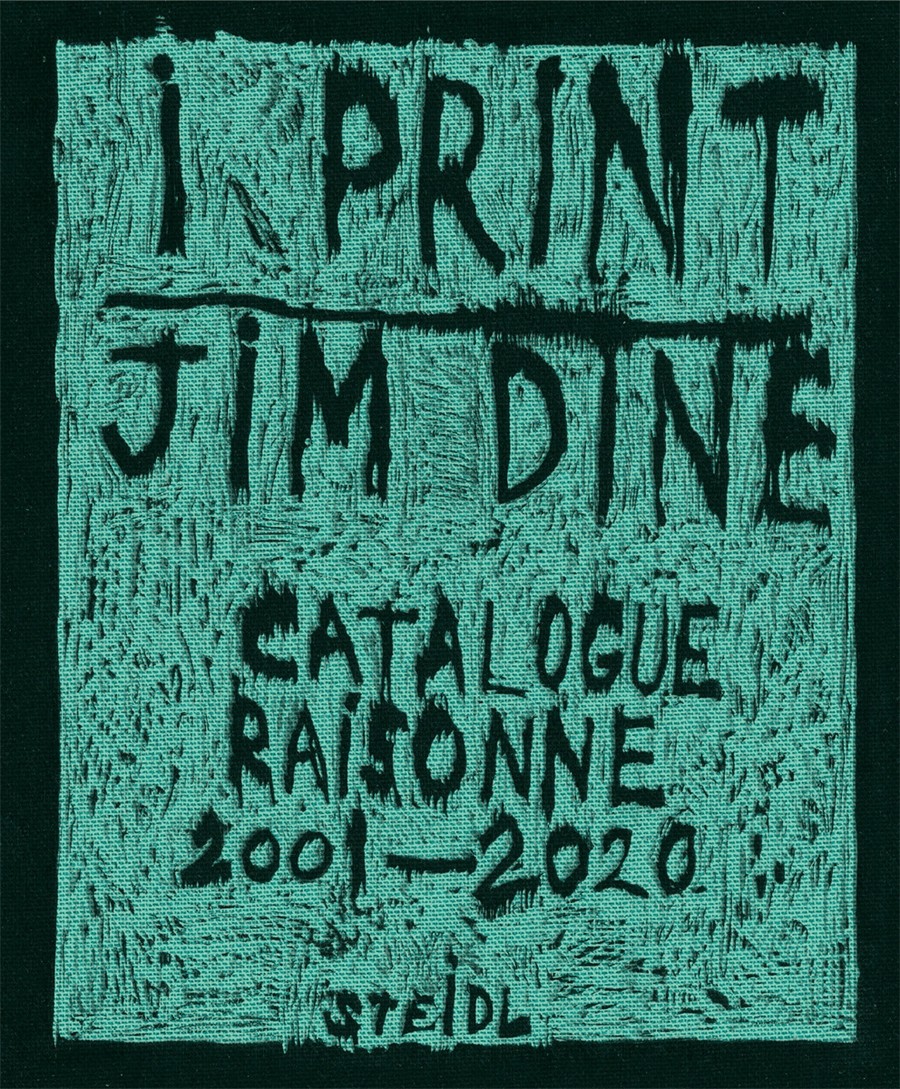

.jpg)
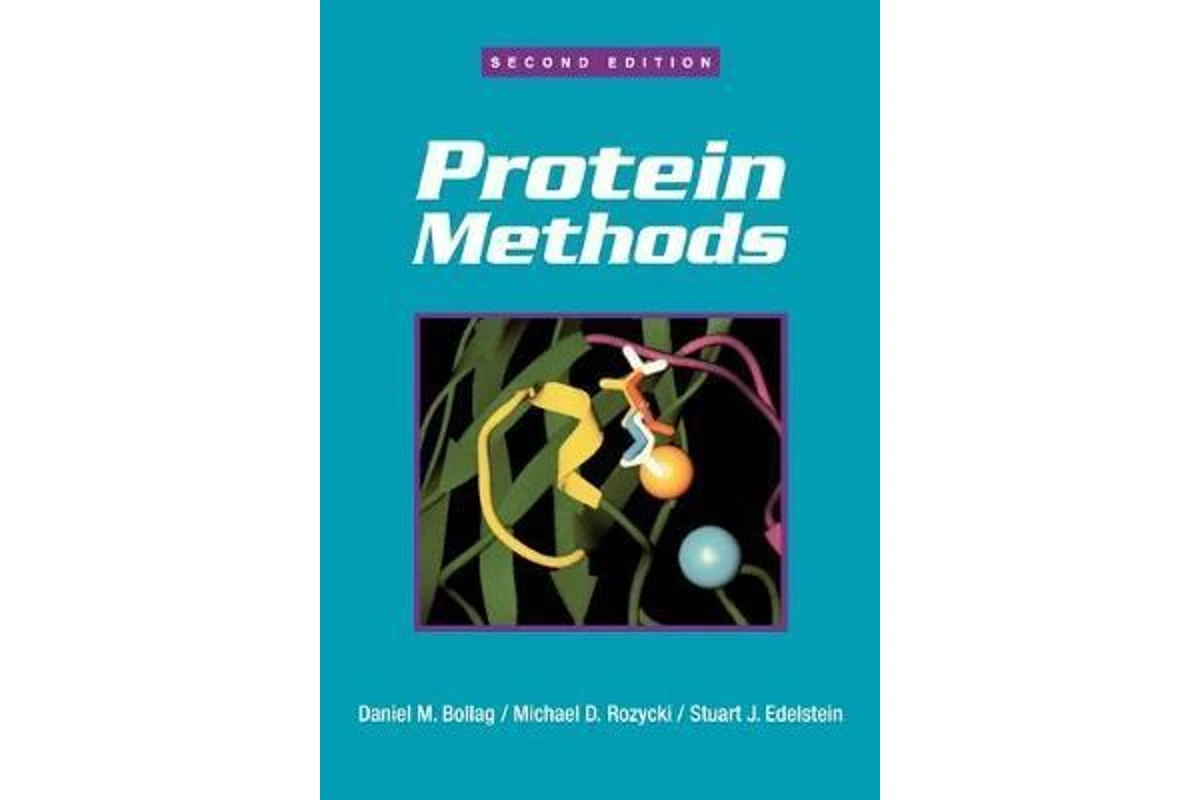

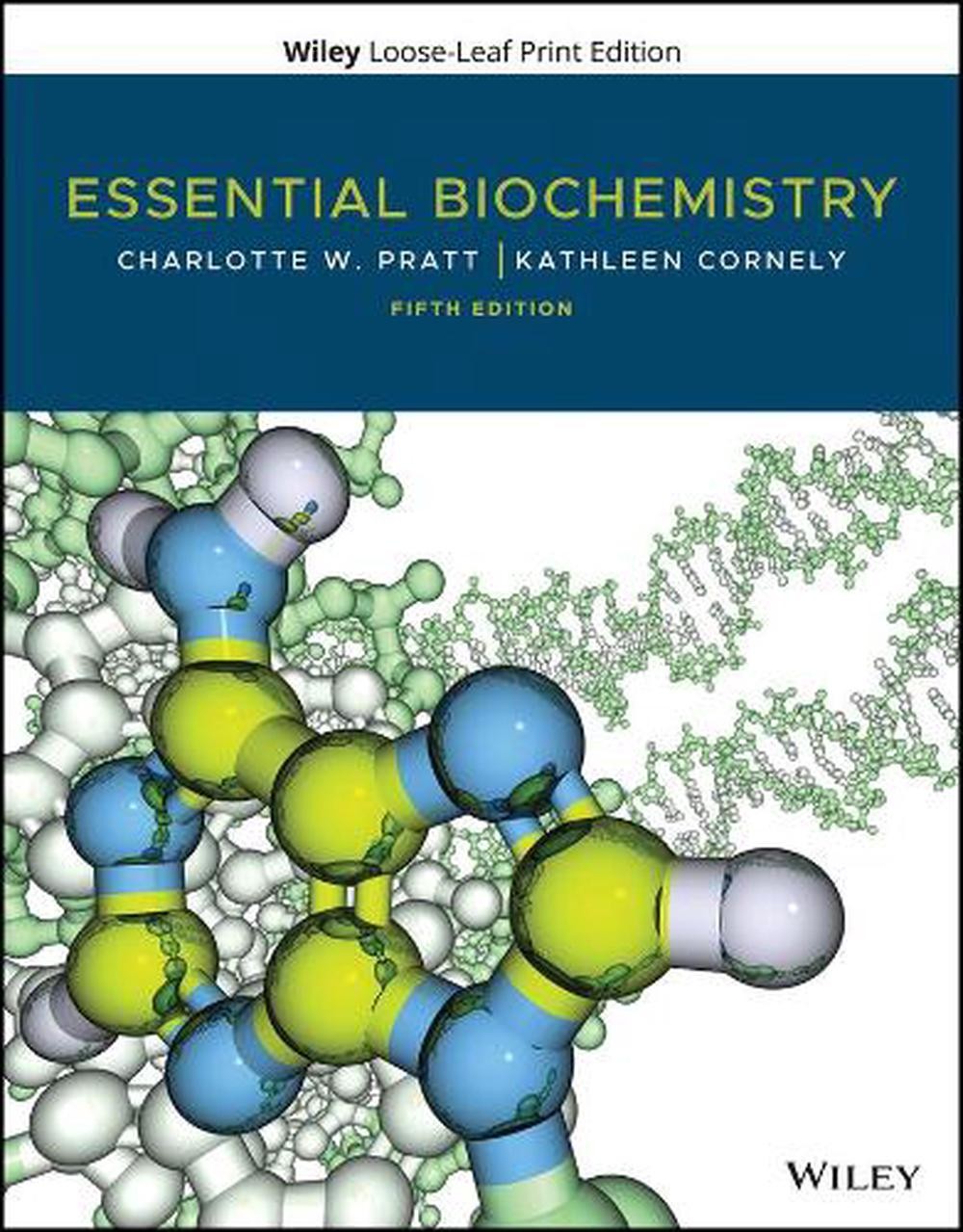
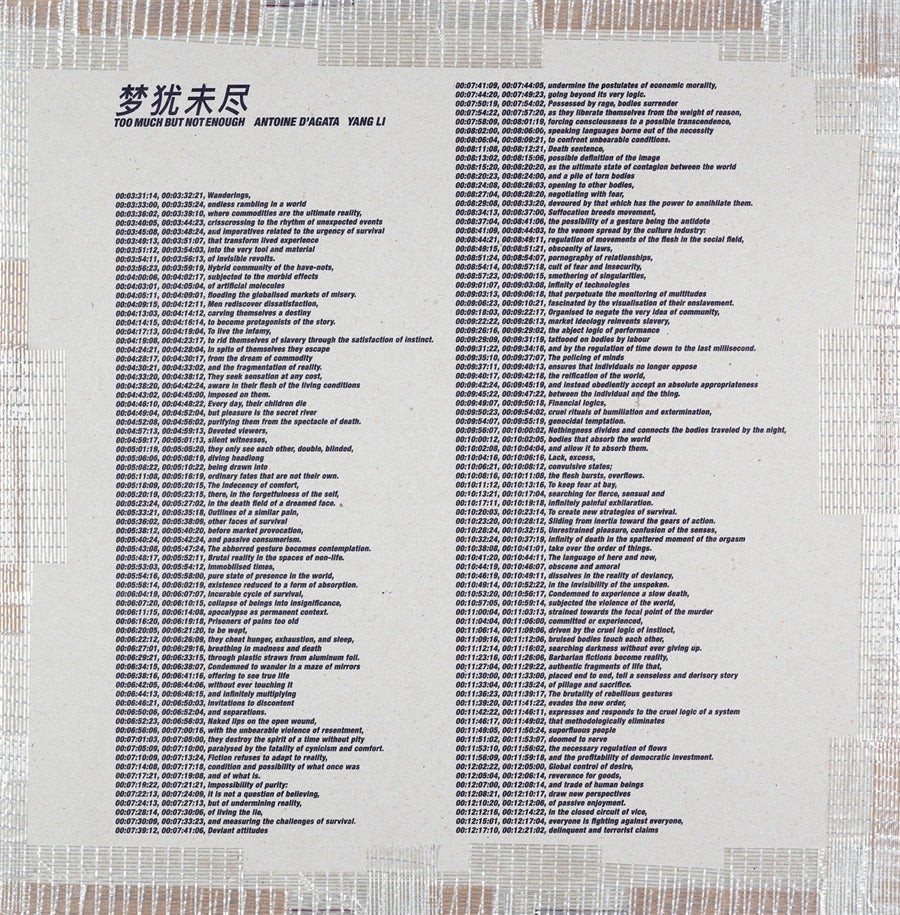
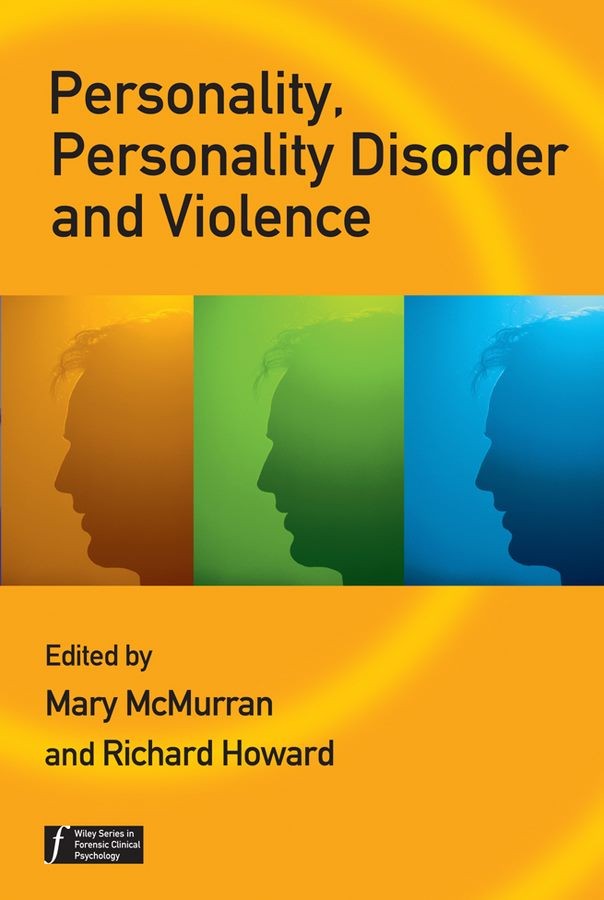
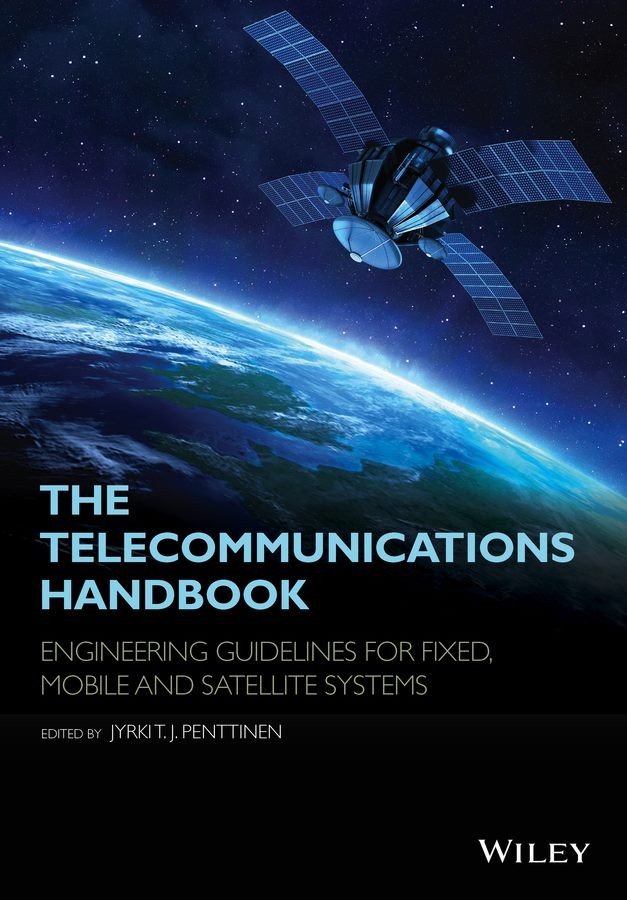


.jpg)









.jpg)





.jpeg)





.jpeg)



.jpeg)








.jpeg)



.jpeg)

.jpeg)

.jpeg)

.jpeg)




.jpeg)
.jpg)

.jpeg)






.jpeg)
.jpeg)




.jpeg)





.jpeg)


.jpeg)

.jpeg)

.jpeg)

.jpeg)







.jpeg)
.jpeg)
.jpeg)





.jpeg)



.jpeg)






.jpg)
.jpeg)









.jpg)


ulva-Logo.jpg)




.jpeg)



.png)















.png)
























